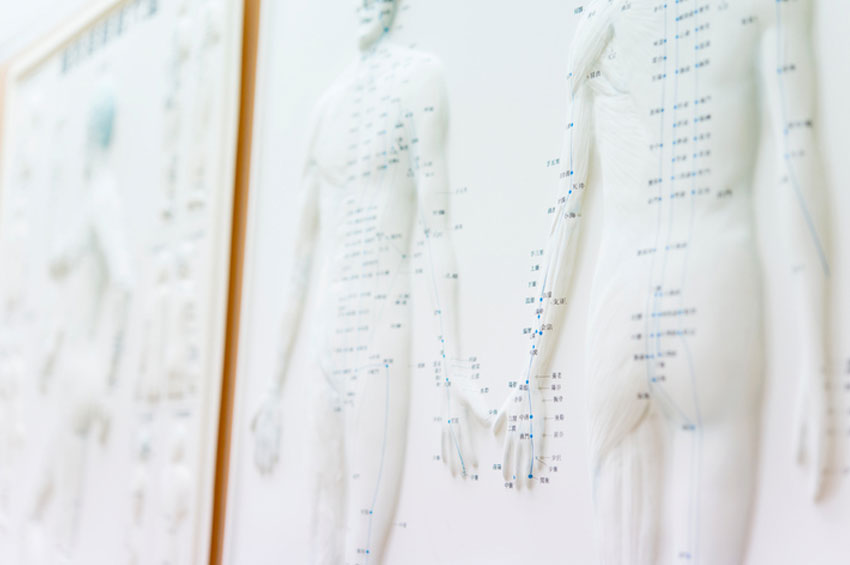-

- Dry needling is acupuncture.
Because acupuncture involves puncturing and stimulating an acupuncture point with a special acupuncture needle of up to six inches in length to treat or prevent disease, it is also considered dry needling. Acupuncture first got its start in China 2,000 years ago as a surgical operation with a basis in anatomy, pathology and physiology.
Dry needling specifically is acupuncture that involves puncturing and stimulating a reactive acupuncture point, also referred to as a trigger point, with a needle to treat mostly musculo-skeletal and connective tissue disorders. That pain point is recognized through a flinch reaction on palpitation.
Dry needling has been done for centuries. In fact, it was present in Chinese medical books dating back to the first century BCE.
- Dry needling must be performed by qualified acupuncture practitioners.
It should never be done by the untrained. According to the National Center for Acupuncture Safety and Integrity’s (NCASI) Dry Needling Adverse Event Tracking System map, dry needling is not considered safe when performed by un-qualified practitioners of acupuncture, including physical therapists.
Check out the link of the map to see some serious adverse effects of dry needling as evidenced by the red-colored states.
- Unqualified practitioners of acupuncture who purchase or possess acupuncture needles are breaking federal law.
FDA limits the sale, distribution, and use of an acupuncture needle to prescription use. Plus, in order to be safe and effective, the sale, distribution, and use of acupuncture needles is restricted only to qualified practitioners of acupuncture.
- Those who re-insert a used acupuncture needle into a patient are also breaking the law.
This is because bacterial, fungal and viral infection can be passed from patient to patient. According to the Federal Food, Drug, and Cosmetic Act (FDCA) as well as FDA regulations, an acupuncture needle should be for “single use only,” which means it should be used only on one patient for one insertion. The needle must then be thrown away.
- Unqualified practitioners of acupuncture who submit a claim for Medicare reimbursement for dry needling disguised as electrical stimulation, therapeutic exercises, neuromuscular reeducation or manual therapy are also in violation of federal law.
As dry needling is considered to be a form of acupuncture, Medicare will not cover it because it does not cover acupuncture.
Contact Metro Detroit Acupuncture
For more insight into dry needling and acupuncture, contact Southeast Michigan’s premier acupuncture and pain management clinic. We are Metro Detroit Acupuncture and we can be reached at 248-432-2846. Or book online with us today!
5 Things to Know about Dry Needling
Acupuncture Clinic In West Bloomfield Michigan
Acupuncture Treatment And Traditional Chinese Herbal Medicine
Medical Acupuncture And Clinically Proven Chinese Medicine
Copyright © 2023 Metro Detroit Acupuncture, PLLC. All Rights Reserved. Powered by Detroit Internet Marketing. A Michigan SEO Company since 2009.
